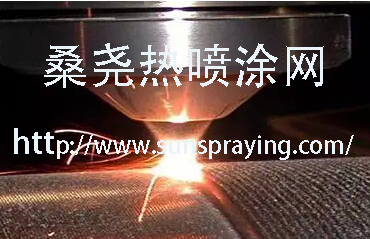Nanoparticles can be generated by either the top down or the bottom up method. Top down methods include wet milling techniques like media milling , microfluidization or high pressure homogenization whereas the bottom up approach involves growing the nanoparticles from a solution. Top down approaches are the more common commercial approach for generating nanoparticles due to certain scale-up limitations associated with bottom up methods. The large surface area generated during the milling process leads to an increase in the free energy of the system. This increases the tendency of the system to revert to its lower energy state by agglomerating, thereby affecting the physical stability of the nanosuspension in the liquid form . Proper selection of a stabilizer is critical to overcoming physical stability issues associated with a nanosuspension formulation. The approaches commonly used to stabilize a nanosuspension formulation include steric stabilization or electrostatic stabilization or a combination of both . Steric stabilization is achieved by adsorbing polymers onto the drug particle surface; whereas electrostatic stabilization is obtained by adsorbing charged molecules, either ionic surfactants or charged polymers, onto the particle surface. Chemical stability issues (like hydrolysis of nanosuspension components, drug leakage from nanoparticles and chemical reactivity of the drug during storage) are frequently encountered upon prolonged storage of nanosuspensions in the liquid form. To mitigate these issues and to benefit from the advantages associated with a solid dosage form from the perspective of patient compliance, it is often essential to convert the nanosuspension into a dry powder form that can be subsequently filled into capsules or compressed into a tablet.

本文由桑尧热喷涂网收集整理。本站文章未经允许不得转载;如欲转载请注明出处,北京桑尧科技开发有限公司网址:http://www.sunspraying.com/
|

